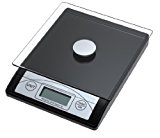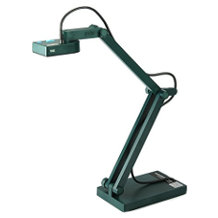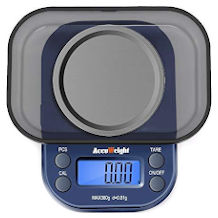Label maker purchasing advice: how to choose the right product
- What you need to know
- With the help of label makers you can bring order into the office, the kitchen, or the living room.
- Label makers can be mechanical or electrical, as well as stationary or mobile.
- Electric devices with a keyboard are easy and quick to operate.
- Mechanical label makers usually produce higher quality labels.
For an orderly household
For many people, their home would look much tidier if everything was neatly labelled. But anyone thinking ‘Good idea!’ should not immediately reach for a marker pen. First of all, they usually mark too thickly. Secondly, oddly enough, they manage to rub off and be difficult to remove at the same time. A remedy for this is a label maker. With them, you can create small labels in block letters and stick them on the desired surface. If you want to remove the labelling, all you have to do is peel it off.
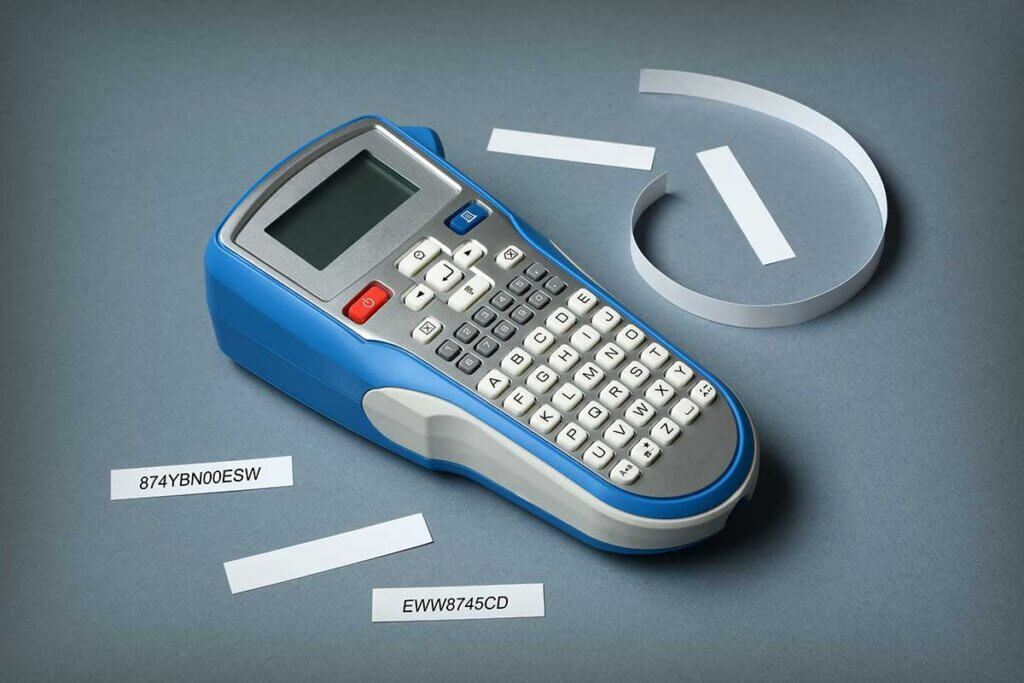
Label makers for private use are usually small and handy. The tape roll inside the device is either printed or embossed with letters and other characters, depending on the model. After the roll has been labelled as desired, it is cut off manually using a cutting device. The back of the roll is covered with an adhesive. All you have to do is remove the thin film and you can stick on the freshly created label as you like. Label makers are also known as label printers .
Ballpoint pens and lighters are not common goods
When asked ‘Where did you get that lighter?’ the answer is usually ‘I don’t know’. Many can’t remember ever buying a ballpen or a lighter — they just exist. However, if you are one of the unlucky few who actually buy them, you can now label them. After all, it’s unlikely that anyone at the party will also have a red lighter that says, ‘John’ on it.
Four types of device for private use
Label makers come in many types, but industrial devices are not included in this comparison. However, private users should also be aware of which type of label maker is best for them. For example, it is important to distinguish between mobile and stationary devices, and between electrical and mechanical ones.
Electric hand-held devices
Probably the most widespread versions for private use are electric handheld devices. They are usually kind of long but compact, so that they can be used on the move without taking up too much space during transport. They are operated via a display and a keyboard. Although, there are many devices with QWERTY keyboards, it often happens that the handheld devices are equipped with ABC keyboards, which may irritate experienced computer and smartphone users. Depending on the model, the devices use single-use or rechargeable batteries. Most electric handhelds can be found in the mid-price range, as they are often more expensive than mechanical ones but cheaper than stationary ones.
When you enter the letters on the keyboard, they are printed on the roll by direct thermal printing. The devices therefore do not need ink. After the text has been entered, the roll is manually cut by a cutter. The labels of electric hand-held devices are often not of particularly high quality and therefore not weatherproof. If the printed labels are exposed to sunlight or moisture for too long, they can be damaged or even peel off completely.
Advantages
- Compact
- Can be used on the go
- Fast
- Display and keyboard available
Disadvantages
- Power-operated
- Labels are not of very high quality
- Often ABC keyboard
Mechanical handhelds
Mechanical label makers are also known as embossing machines. In size and shape, they are similar to the electric versions and can therefore be used on the move. They owe their name to the way they work. Unlike electrical devices, the text is not printed on the tape, but manually embossed on the printing surface. Since the devices work mechanically, they need neither batteries nor a mains connection. They are also the cheapest.
However, mechanical handheld devices also have disadvantages. Instead of a keyboard, they are operated by a rotary function. Each letter or digit must therefore be selected and memorized with the rotary wheel pointer. There is no display. This makes the process extremely slow and cumbersome. So if you want to write a lot, often, or quickly, embossing machines are not ideal. Typing errors are extremely annoying because the process then has to start all over again. On the other hand, you don’t make mistakes like you do on a keyboard. If you pay attention, typing errors should be rare. Last but not least, the machines cannot produce multi-line labels.
The good thing is, that they make up for their suboptimal operation with their results. Ironically, the cheapest machines produce the highest quality and most robust labels. They owe this high quality to the haptically perceptible letters that are created by the embossing.
Advantages
- Compact
- Can be used on the go
- Inexpensive
- High quality results
- No power necessary
Disadvantages
- Slow
- Cumbersome to use
- Only one line printable
- No display
Stationary desktop devices
Stationary desktop devices look like a combination of pocket calculators and typewriters. They are similar in function and operation to handheld electric calculators. However, they are much wider and heavier, as they are not designed for mobile use but usually occupy a fixed place at the desk. For the same reason, they are often mains-operated.
One advantage of stationary desktop devices is that they are very convenient to use. Their QWERTY keyboard is already familiar to PC users. So with desktop devices, you don’t have to deal with counterintuitive ABC keyboards. The text to be printed is shown on the display and printed on the tape. However, these devices are usually a little more expensive than handheld devices.
Advantages
- Comfortable to use
- QWERTY keyboard
- Display available
- Quick
Disadvantages
- Big and heavy
- Cannot be used on the move
- Possibly expensive
- Power connection necessary
PC-connected label printer
PC-connected devices are controlled by a computer. Some new models can even be operated via smartphones. The connection to the PC is usually established via a USB connection, Bluetooth, or Wi-Fi. Since these devices are controlled by the PC, they usually have neither a keyboard nor a display. They can hardly be used on the road. Many devices come with their own software or app.
The biggest advantage of PC-connected label printers is that they offer more design options than the other versions thanks to the computer. In addition, labels can be saved. This means that you don’t have to re-enter label texts that you print often each time. The printing process is otherwise similar to that of handheld or desktop devices. For this reason, PC-connected devices are the most expensive version.
Advantages
- Own software or app
- Text memory
- Several design options
- Connection often wireless via Bluetooth or Wi-Fi
Disadvantages
- Can only be used via computer or smartphone
- Cannot be used on the move
- Expensive
Purchase criteria for label makers
Which device is right for you depends on your needs. Do you want to use the label maker on the go or stationarily? Do you plan to print a lot and often? What surfaces will be labelled? Depending on your needs, there are different features to be considered.
Print speed
The print speed is especially important if you need to print a lot in a short period of time. It indicates in inches or millimeters per second how fast the machine prints the selected text. It is advisable to choose a machine that has a print speed of at least 0.4 inches per second (10 mm/s). How fast you enter the text is, of course, up to you. Embossing devices are slow even in the hands of experienced users. You can type much faster on label makers with a keyboard.
Label quality
Label quality doesn’t mean print resolution. This is usually of secondary importance for label makers. After all, the devices are mostly used to print small black-on-white or white-on-black text.
It is more a question of tape quality. Since not all tapes are acceptable for all devices, this is at least partly dependent on the model. Electric devices use direct thermal printing. Both the printed text and the tape on which it is printed are not always of high quality on such devices, and they don’t stick to every surface — especially if the surface is exposed to certain weather conditions that damage the material. Embossing, on the other hand, is more durable and of higher quality.
Maximum tape width
The maximum tape width also depends on the device. Manufacturers usually specify the maximum widths for the respective device. The usual width is about 0.6 to 0.7 inches (16 to 18mm) and the minimum tape width is about 0.1 to 0.5 inches (3 to 12mm), with the upper limit often being 0.75 to 0.95 inches (19 to 24mm). Electric devices in particular can often print from 0.1 to 0.95 inches (3 to 24mm). Embossing devices are usually somewhat more limited.
The maximum tape width is also decisive for the number of lines. Most electric devices can print two lines, some even more. Mechanical devices, however, only emboss on one line.
Keyboard
A keyboard simplifies the operation of the label printer considerably. Because they are operated with a rotary wheel, embossing devices are particularly cumbersome. However, not every model with a keyboard is automatically comfortable. Especially electric handheld devices cause irritation for many users with their ABC keyboards. The easiest and most intuitive devices are those with QWERTY keyboards, as most people are familiar with them.
Display
A display has a considerable influence on the handling of the device. With embossing devices without a display, the user cannot see what they are writing and therefore only notices errors when it is too late. With a display, the user can see what they are writing and can correct typing errors before they are printed incorrectly. The size of the display is important if you print more than one line. A large display is advantageous in this case so that you can see the typed text better. However, it does not have to be a color display. After all, label makers only print black-on-white.
Printing options
Label printers often differ in their design freedom. This refers to two aspects: what the device prints and how it prints. ‘What’ refers to the variety of characters and symbols that the device can print or emboss. The more special characters and symbols available, the more label options there are. ‘How’ refers to the type of printing. In addition to the usual horizontal printing, some devices can also print vertically. Another option is mirror printing.
Letters from A to Z and numbers from 1 to 9 as well as a horizontal printing option are available on every label maker. Other characters and printing options depend on the model. Embossing devices usually have limited special characters and only emboss horizontally. The font size is adjustable on most electric devices.
Price and manufacturer
The price of label printers varies greatly depending on the type and model. A low-priced embossing device is already available for less than ten dollars. In the medium price range, between $20 and $60, you will mainly find electric handheld and stationary tabletop devices. High-quality PC-connected label printers usually cost between $70 and $100. Brother and Dymo are the market leaders.
Versatile organization assistants
Label maker can be used in numerous areas. At home, in the office, in the workshop, kitchen and many more.

In the office
In the office, piles of folders and paper often create disorder. With a labe maker, you can quickly label and thus create order. You can sort your documents alphabetically or according to any other concept. Since the office is not exposed to extreme weather conditions, an electric device is recommended, even if the labels are not of particularly high quality. If several people use the device, a stationary table device is well suited, as this usually has a fixed place and is therefore not easy to lose.
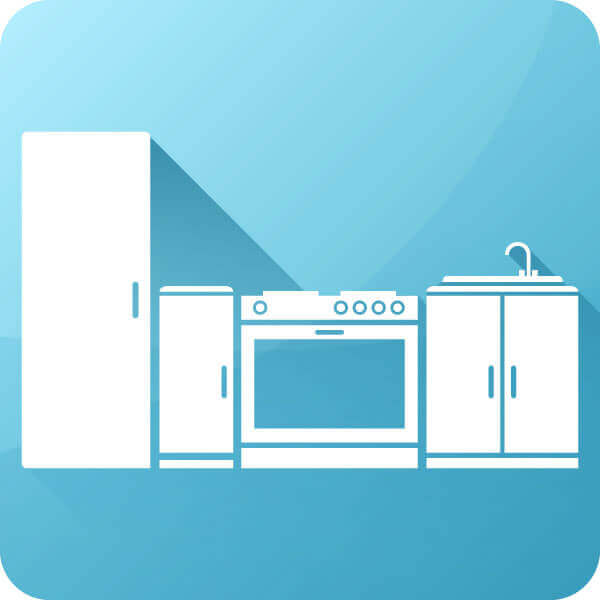
In the kitchen
Label makers are also a great help in the kitchen. Whether it’s to label the spice rack or mark Tupperware and bowls as your own, you can use them to make your life easier. Items won’t be taken by mistake at parties, picnics, or barbecues. You can also label your trash cans so that neither you nor guests accidentally dispose of trash incorrectly.
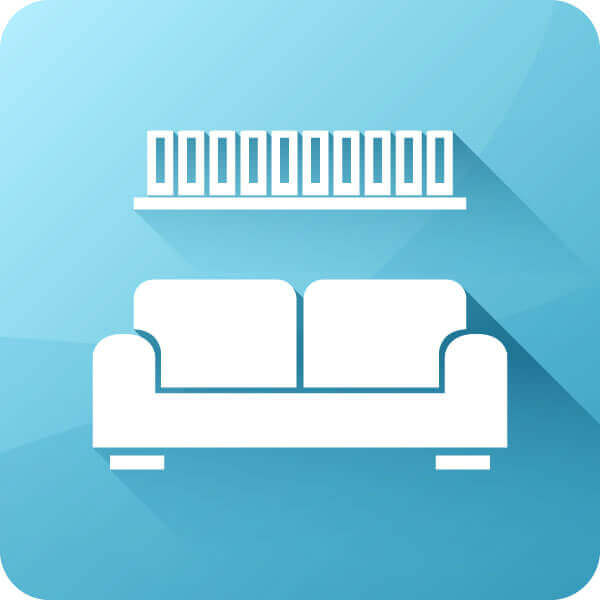
In the living room
Especially in the living room, there is often a lot to sort through. For one thing, you can label and arrange your bookshelf alphabetically, by author, genre, or century. This also applies to cassettes, DVDs, CDs, and records. In addition, nowadays there are usually numerous electronic devices in the living room. This quickly leads to unmanageable cable chaos. You can easily remedy this with a label maker by labelling each cable or adapter with regard to its associated device.
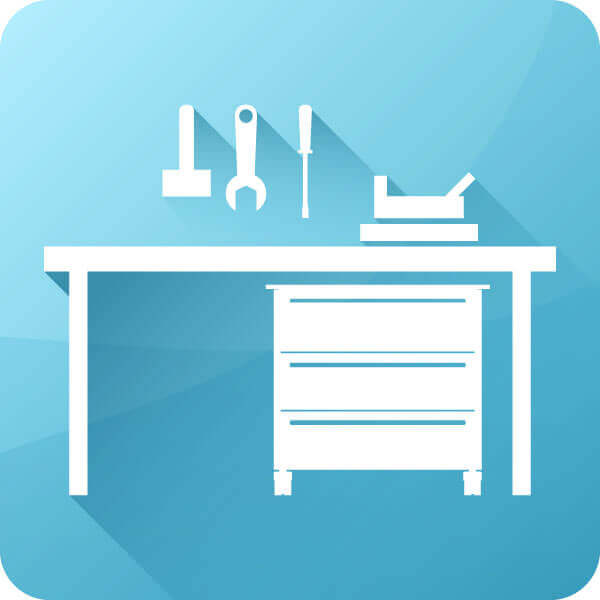
In the home workshop
Nowhere is it messier than in the garage or the home workshop. Even for tiny projects, several tools and screws are usually used. Rarely are they carefully sorted directly after use. Labels can remind you where everything belongs. Screw and dowel compartments can be sorted by size. This way you can quickly find the appropriate tool and immediately know where to return it.
Image 1: © ELENA59 / stock.adobe.com | Images 2-5: © FinalCheck

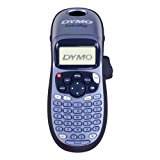
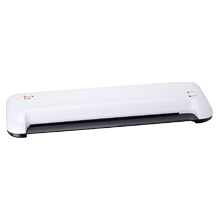
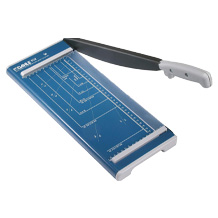
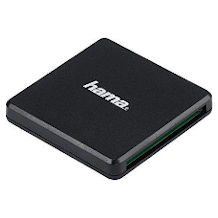

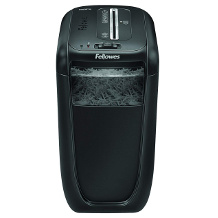
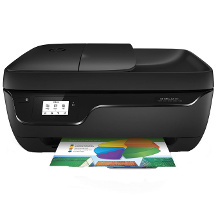

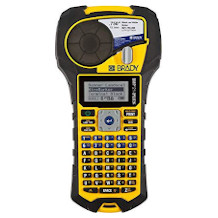
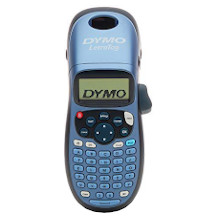
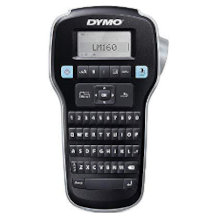
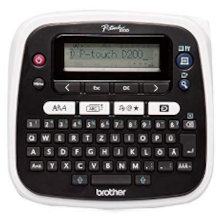
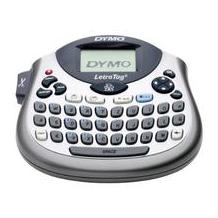
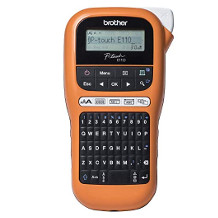
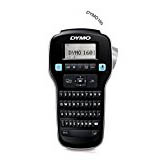
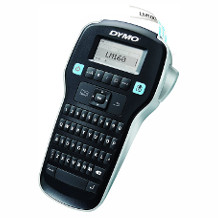
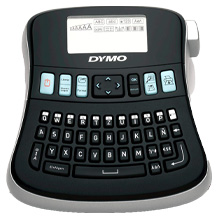
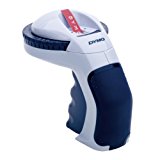
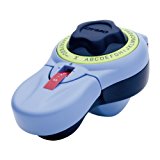

 19,280 reviews
19,280 reviews
